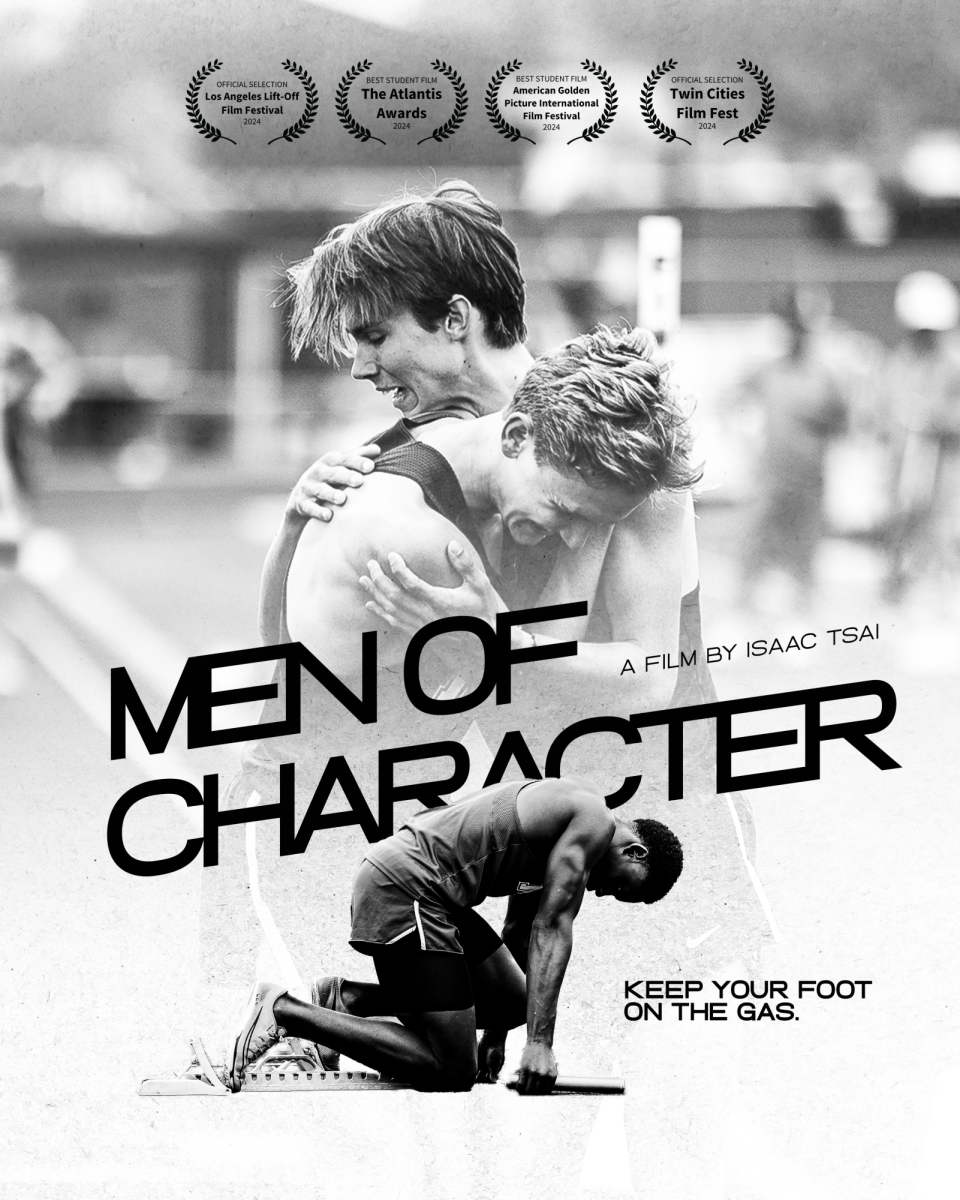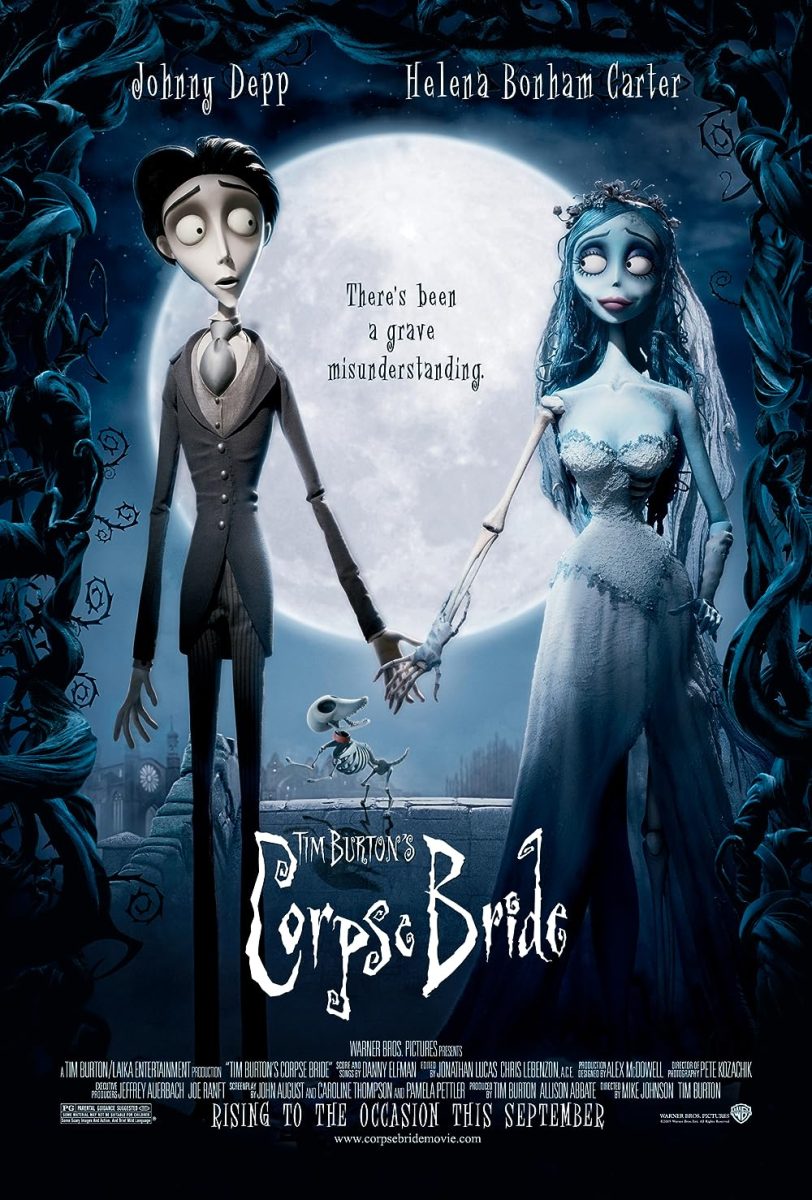When looking for something to watch, my eyes tend to gravitate toward Tim Burton movies, especially during the Halloween season. One in particular, “The Corpse Bride,” released in September of 2005, catches my eye. When I first saw this film, I was instantly drawn in by the musical scenes, character designs, and movements. It was different from anything I had seen before.
This stop-motion animation takes place during the Victorian era in Europe. Johnny Depp plays Victor Van Dor, an awkward and shy young man. The film starts with Victor preparing for his arranged marriage with the beautiful Victoria Everglot, played by Emily Watson. However, when things start turning into a mess at the wedding rehearsals for Victor, he decides to run, teeming with embarrassment, into a nearby forest. While strolling through the woods, Victor stumbles upon a tree with a root that seems to be shaped like a finger. Victor decides to rehearse his vows, so he takes the ring from his pocket, slides it on the finger-shaped root, and recites it. As he finishes reciting the vows for the third time, the ground starts to rumble and shake, and suddenly, a woman wearing a torn-up wedding dress and a veil begins to rise from a shallow grave. She appears before Victor and says, “I do.”
Tim Burton’s incorporation of colors gives insight into the mood of each scene. For example, in the Land of the Living, the world is shown in different shades of blue, gray, and black, which makes the land appear sad and dull. Then, in the Land of the Dead, there are bright lights and vibrant colors all around, giving the impression of the underworld being more happy and carefree. I found that in an interview with PopEntertainment, Burton reveals his views on the afterlife. He says, “You know, I have no idea what happens. But, like I said, I respond to other cultures that treat life with a much more positive approach. I think this other form teaches, especially when you are a child, it teaches you to be afraid of everything and feel like something bad will always happen. Whereas the other way seems like a much more spiritual and positive approach. That’s as far as I go because I have no idea what will happen.” I think this is a really great message to the audience and children watching, and it gave me a better idea of how to view this film.
Musical composer Danny Elfman (who composed the music in “The Nightmare Before Christmas”) uses the music to tell the story. Each song in the film corresponds to the character’s feelings and emotions in that scene. Elfman uses Burton’s views on the Land of the Living as a dark and depressing place to create musical numbers, like “Victor’s Piano Solo,” a slow and sad song that blends with the dull world. The song reflects how Victor and Victoria first met in a beautifully displayed music piece. Elfman changes his style from the Land of the Living to the Land of the Dead through the musical number “Remains of the Day,” a very upbeat and fast- jazz performance that radiates the emotions of a tragic story with a happy tune. A skeleton named Bonejangles begins the song with, “What a story it is, a tragic tale of romance, passion and a murder most foul,” following the tragic story of how Emily, the corpse bride, died. I like how Danny took his approach to the song, creating upbeat music to a sad tale, giving the impression that maybe death isn’t so bad.
I admire Burton’s gothic style and how it reflects his characters’ features. All the characters have blank faces, yet they also have their own unique, personal touches. I also find it interesting how the characters express their emotions through their appearances. In an interview with Spanish designer Carlos Grangel, who worked with Burton on creating the characters, he says, “Before I start, it is very important to have read the script and meet with the director and producers. I like to take notes on what the director has to say about the characters and possible preferences he or she has for the entire style of the movie.” Dreamworks Animation chief executive Jeffery Katzenberg tells the New York Times, “I have never met a designer who thought more like an animator than Carlos.”
Overall the whole story is beautifully shown, and the Corpse Bride has a touching backstory with an important message, through the use of colors, on Burton’s view on the afterlife. Burton’s main statement in the movie is not to fear death. He hopes that giving this advice to the children watching this film will change their worries and views on the end and the afterlife in the future. Not only do the visuals and music align with the story well, but this emotional yet charming, family-friendly movie remains the best stop-motion film I have yet to see.







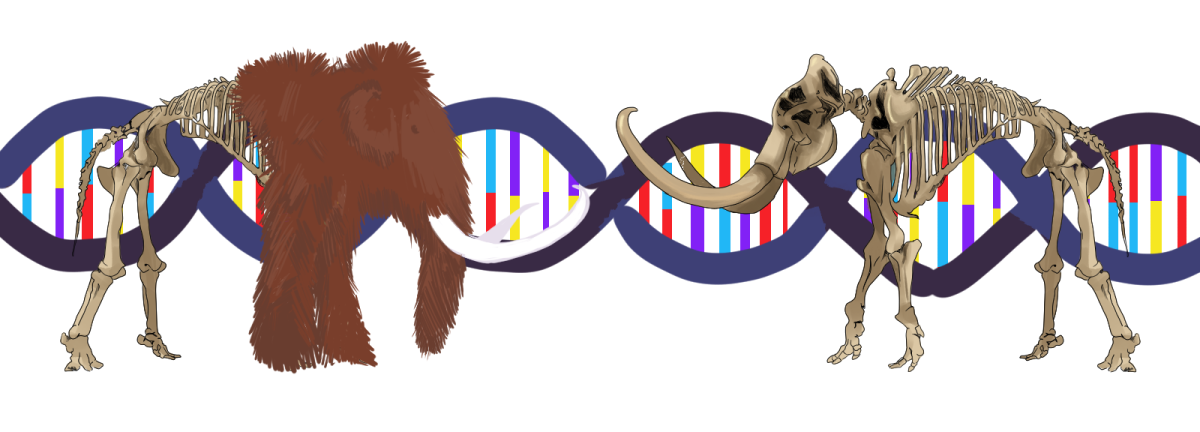




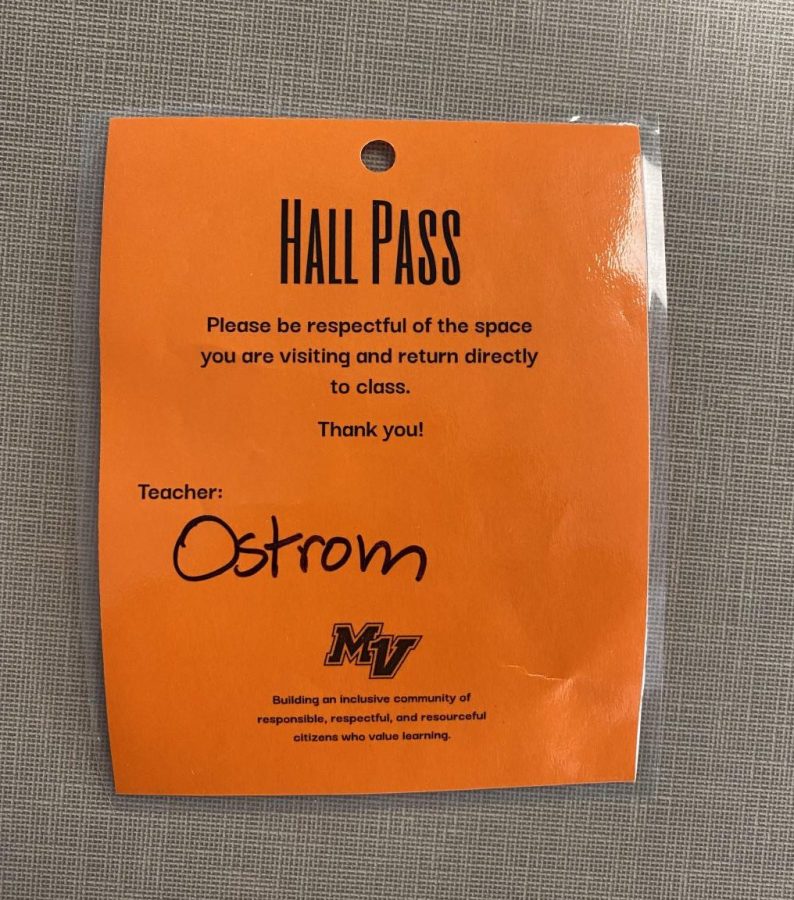


![[DEBATES] Prestigious colleges: value or hype?](https://www.mvviewer.org/wp-content/uploads/2024/12/buildings-1200x654.png)

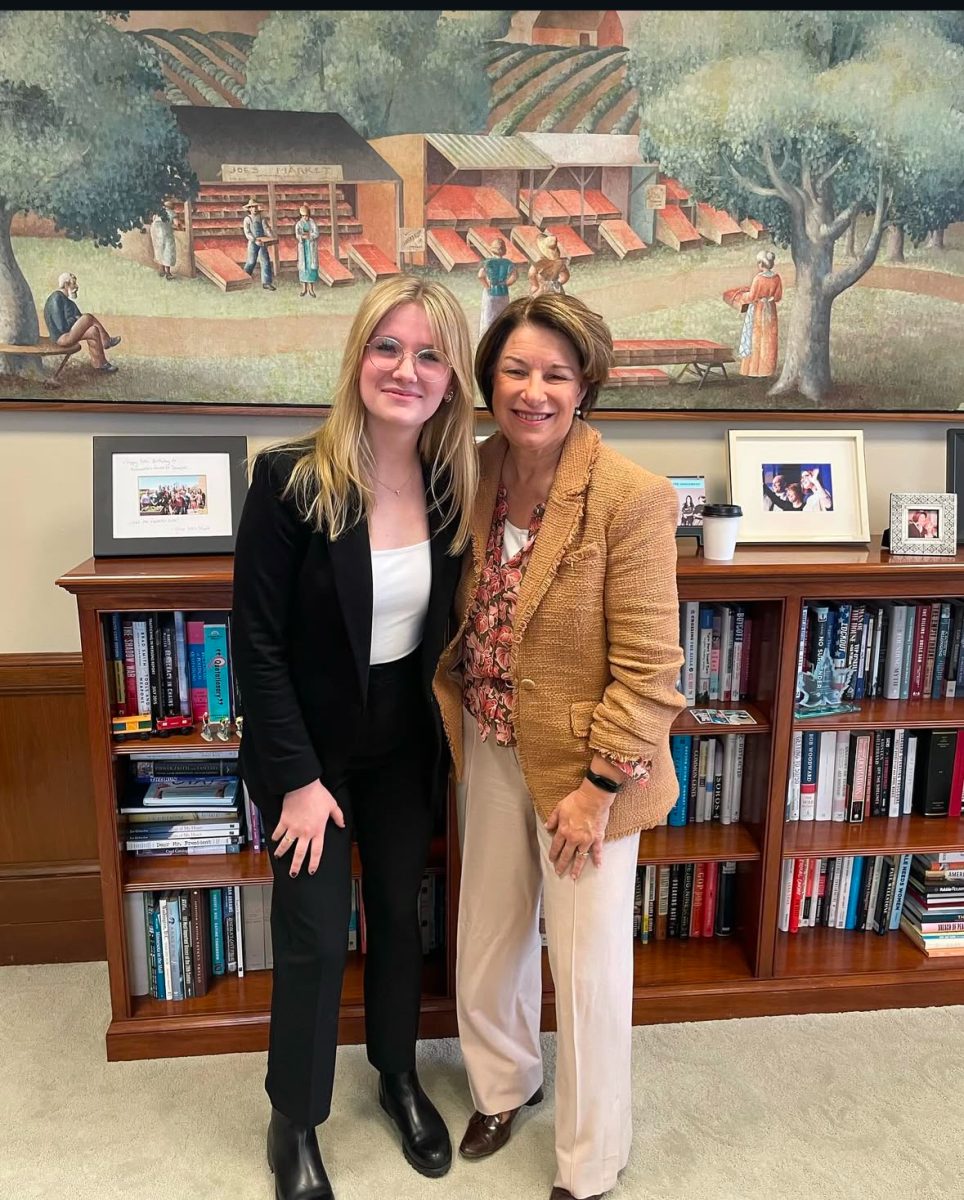


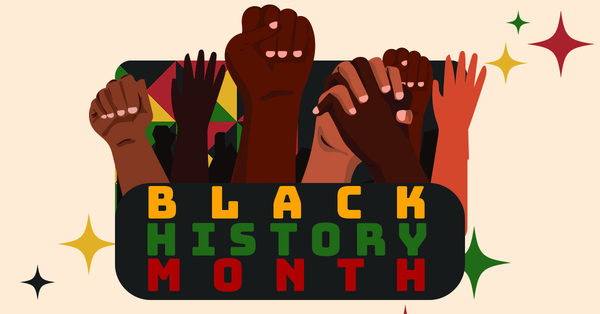


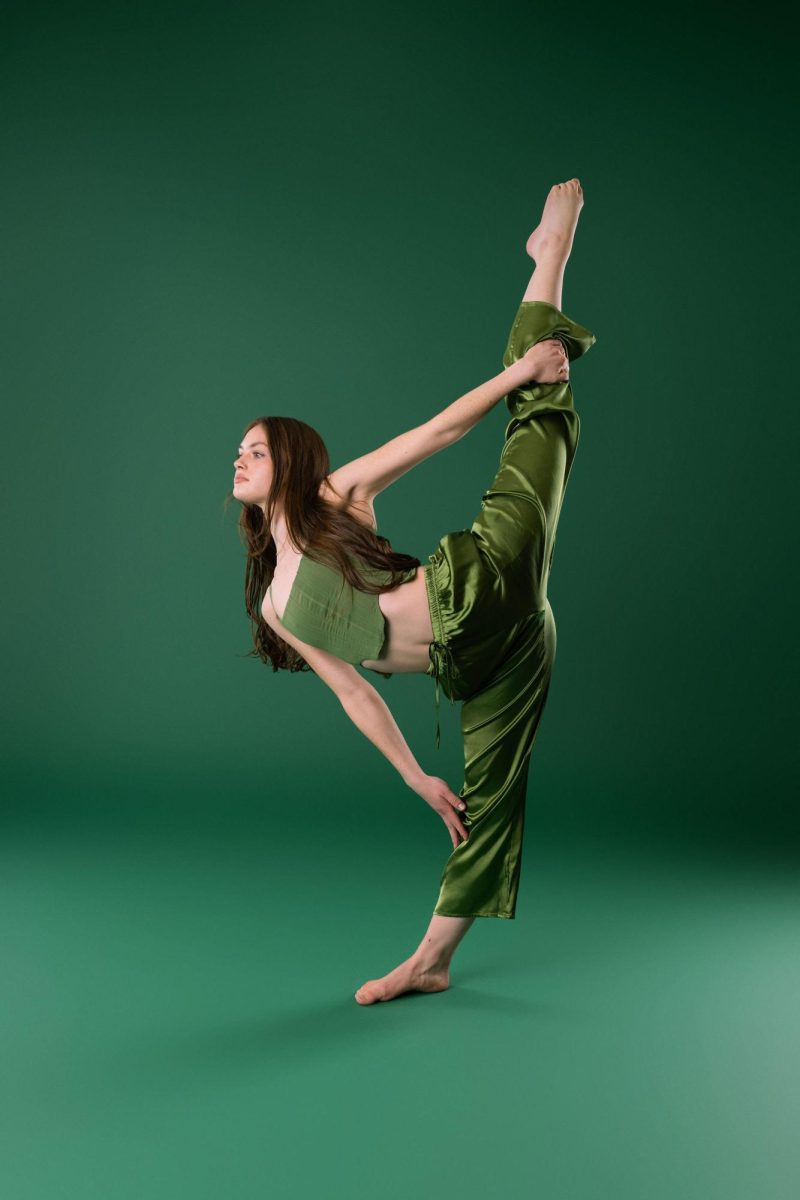





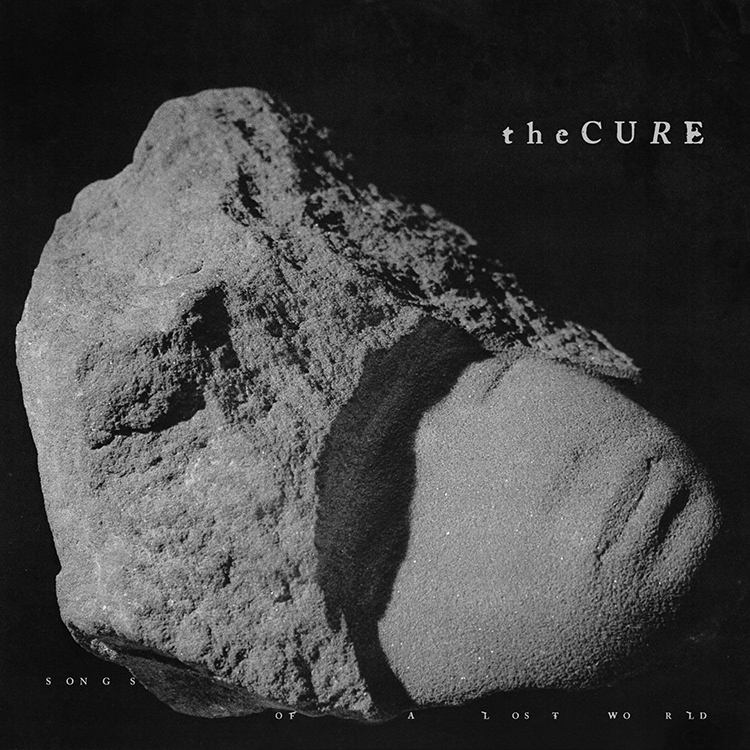

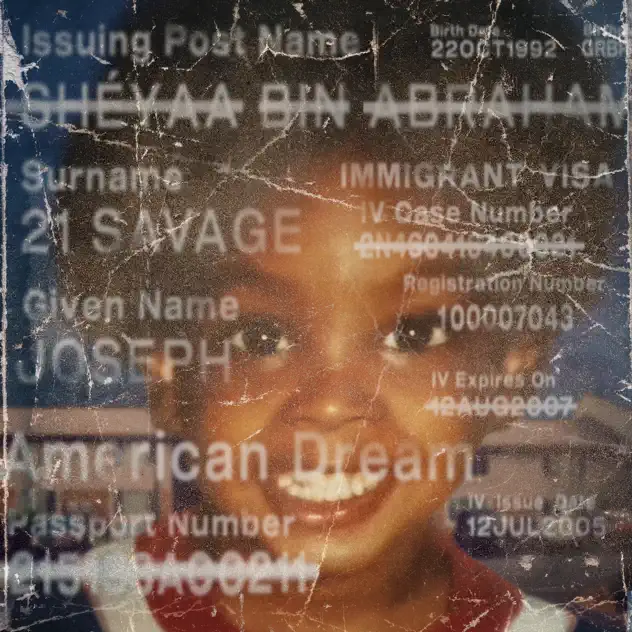
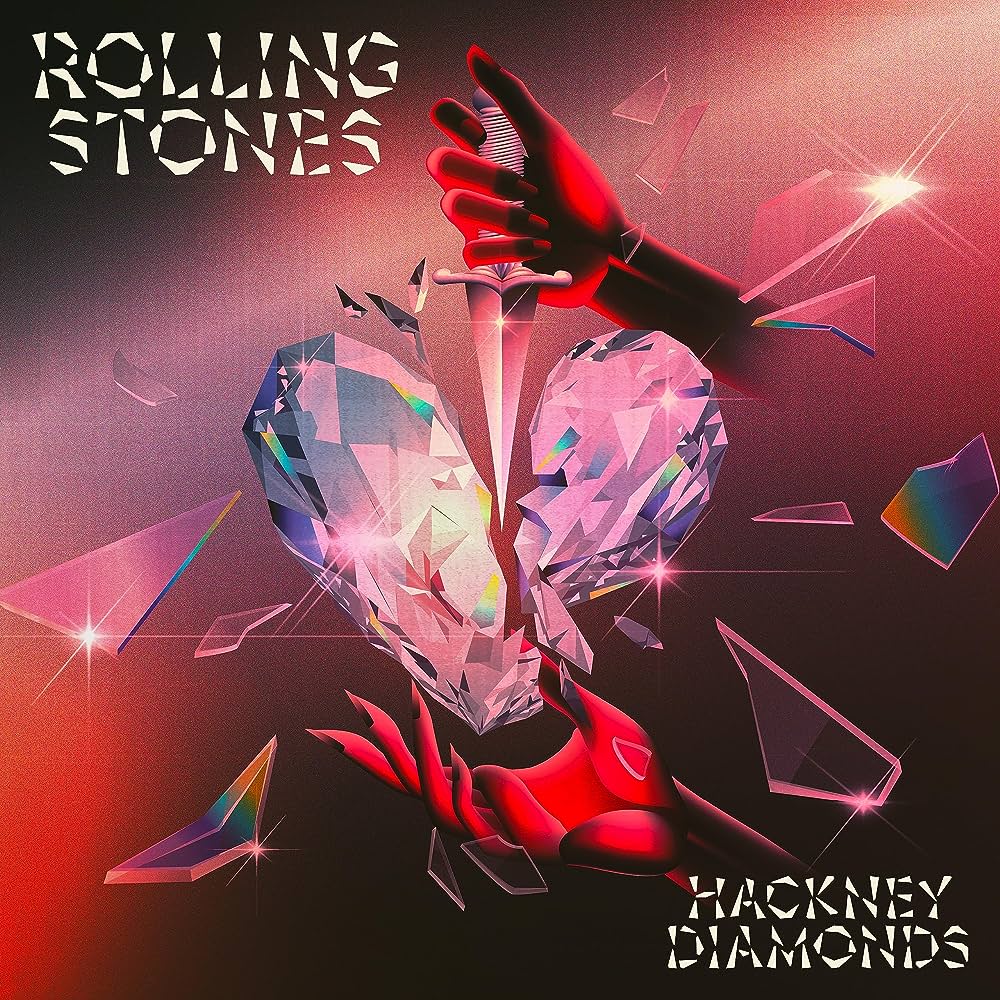
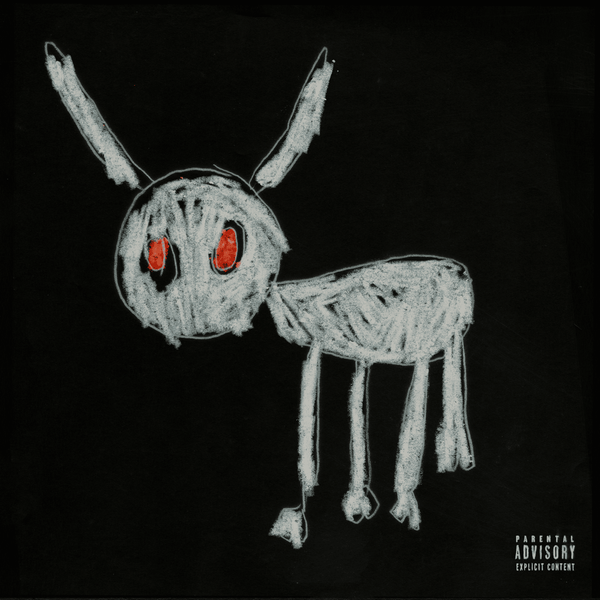

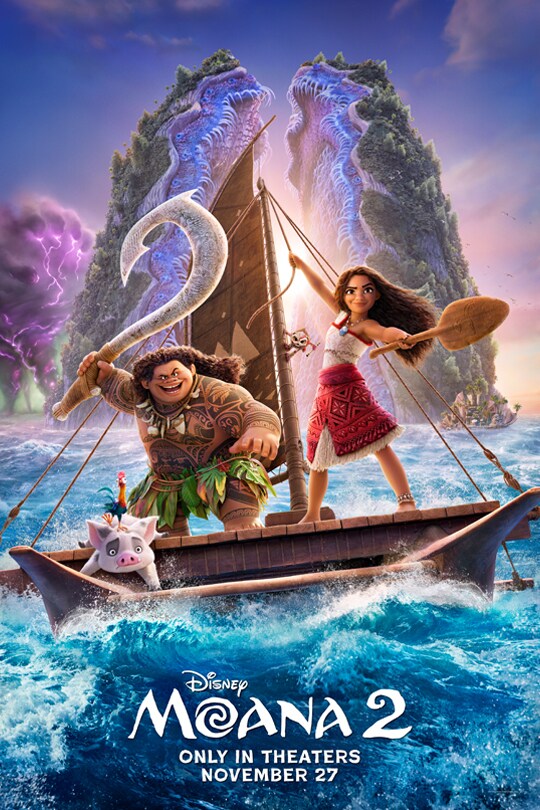

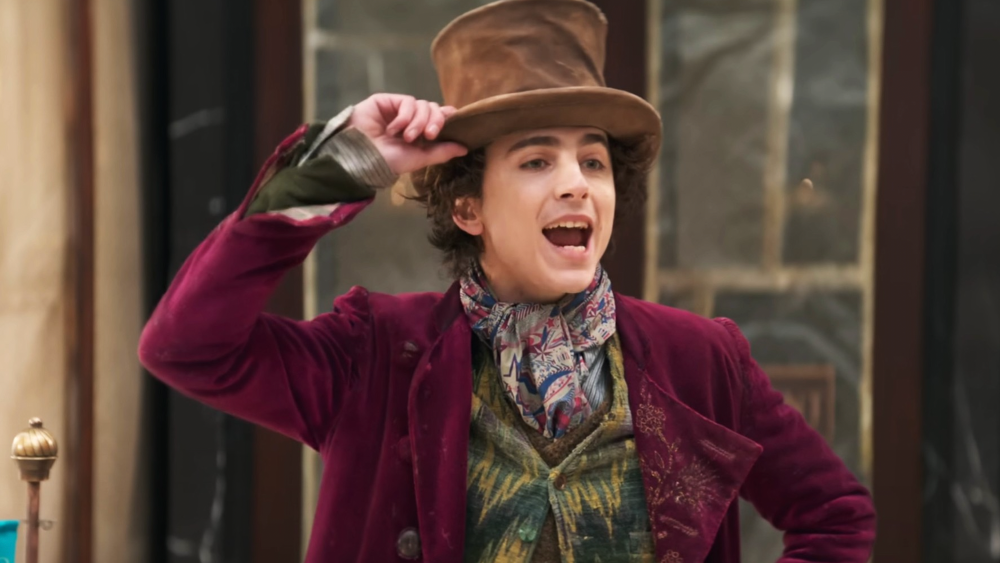
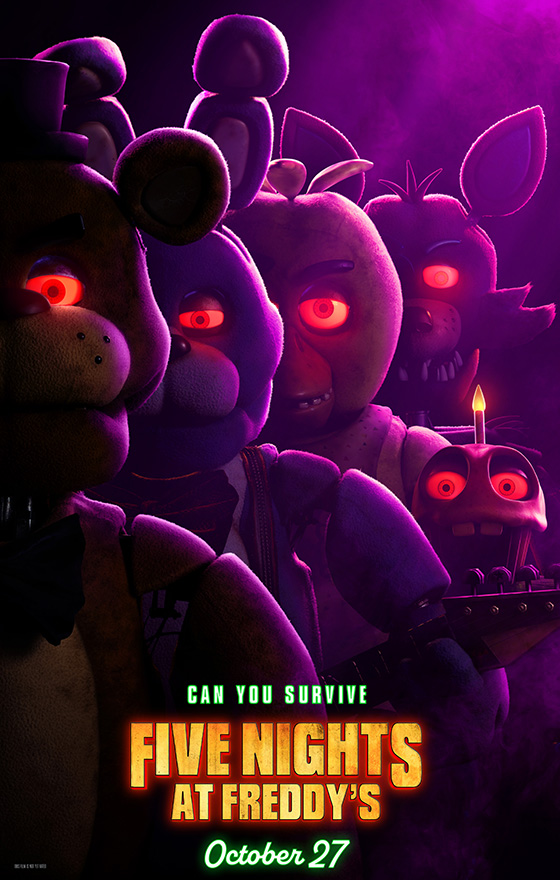









![[OPINION] The dark origins of TikTok's looksmaxxing trend](https://www.mvviewer.org/wp-content/uploads/2024/02/Copy-of-Copy-of-Untitled-Design-1200x675.png)




